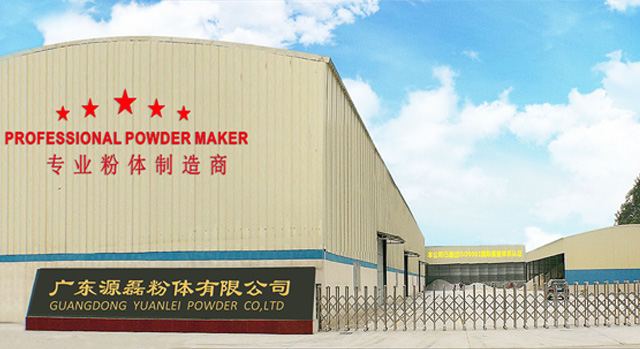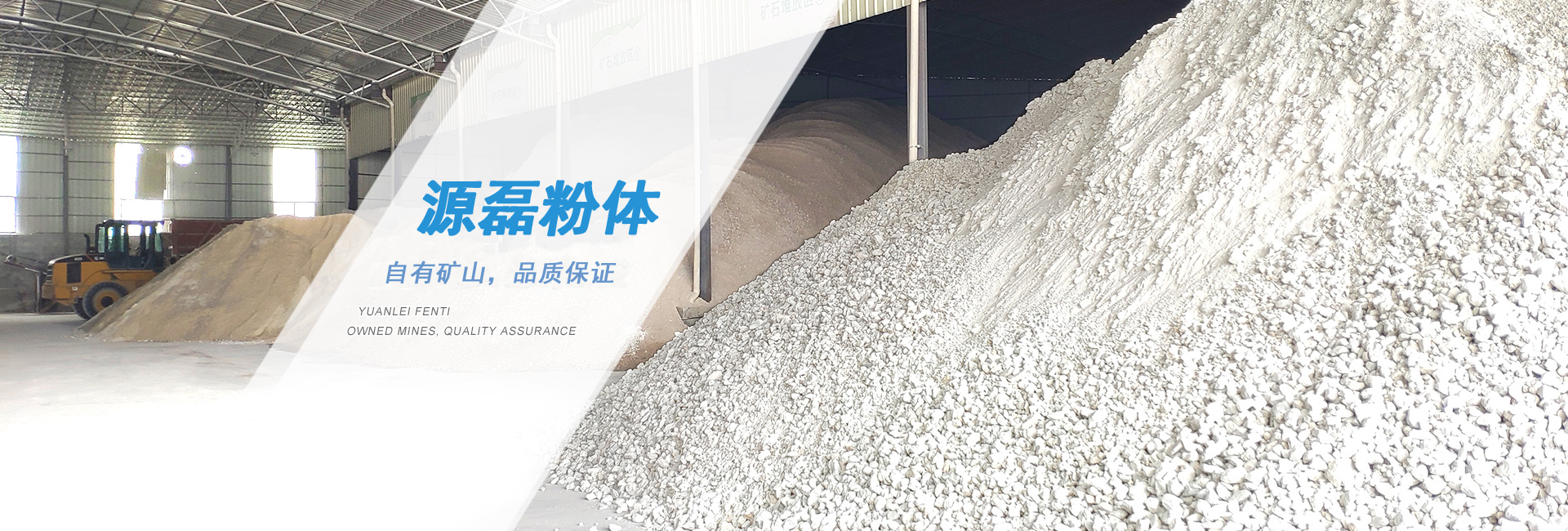Tel:+86-0757-22910350
Add: 2 1701 Shunde Science and Technology Innovation Center, Ronggui Town, Shunde District, Foshan City, Guangdong Province
Production Base: Guangdong Hengmeiyuan Nanotechnology Co., Ltd.
Add: Derun Logistics Industrial Park, Hetang, Jiangmen City, Guangdong Province
CONTACT US
©2019 Guangdong yuanlei powder co., LTD.,
NEWS
Company news
Industry news
Technology exchange
Yuan Lei's Little Knowledge | Classification, Use, and Precautions of Transparent Powder
Overview of Transparent Powder Applications
Transparent powder is a common name in the paint industry. Due to its excellent transparency, good appearance, and better filling ability, it is commonly known as "transparent powder" in order to highlight its main characteristics in the first time and first impression. In fact, transparent powder is not a single powder. In addition to its main component being natural minerals, it is also made by mixing, grinding, and modifying with specialized synthetic auxiliary materials. The main components are composite silicates containing magnesium, aluminum, and calcium, which belong to inorganic salts. In addition, it contains some sulfates and impurities. Transparent powder is a new type of functional transparent filling material, which has the characteristics of high transparency, good hardness, excellent color, high gloss, good collapse resistance, and less dust during use. Widely used in oil-based furniture paint, decoration paint, adhesives, inks, and plastics.

1、 Transparent powder classification
1. Containing crystalline water
The molecular structure of this product contains chemical water, with a volatile content of generally 15% -20%. The amount of volatile content depends on the crystal rock itself and also on the control of the production process. Generally speaking, varieties with high volatile matter have relatively high transparency, which concerns many technicians whether volatile matter will affect the use and effectiveness of coatings? In fact, what truly affects the quality of coatings is the physical moisture of transparent powder, that is, the surface water. Physical moisture will participate in some direct or indirect reactions, affecting the use and performance of coatings. Most transparent powder production enterprises control its physical moisture below 0.5%, which maintains other product properties such as dispersibility, anti fog, dryness, side effects, etc. while ensuring its transparency.
However, transparent powder containing crystalline water can easily absorb moisture and cause agglomeration if not handled properly during use. It is necessary to use grinding pressure to achieve normal dispersion effect. In response to this, production enterprises are also constantly improving, and the occurrence of this phenomenon is also decreasing. Another point is that although transparent powder has good transparency, it also has a certain blue light phenomenon like gas-phase silica. If applied too thick or used too much at once on some dark substrates, it is easy to cause fogging and whitening due to the blue light phenomenon. This is also a phenomenon that some technical personnel in enterprises do not want to see, so it is also limited in use.
2. Not containing crystalline water
Its main component is silicon dioxide, with a content of over 90%. It is a processed mixed powder of natural crystalline quartz. Its whiteness is mostly lower than that of varieties containing crystalline water, and its transparency is excellent, especially in polyurethane systems. It has the characteristics of high temperature resistance, weather resistance, acid and alkali resistance, and high insulation.
Its characteristic is that the finished coating product does not produce blue light, has good repainting performance, overcomes the drawbacks of varieties containing crystalline water, but its color and polishing performance are slightly worse than those containing crystalline water, while its stability and storage performance are superior. Varieties without crystal water have relatively high hardness, making it difficult for production enterprises to produce and increasing electricity consumption. Therefore, their comprehensive cost is higher than that of varieties with crystal water. In addition, during the processing, the amount of dust and noise generated is higher than that of varieties with crystal water. Various defects also limit their application, only in some special or relatively high requirements, Used in formulas with minimal cost constraints, it can demonstrate performance that is different from ordinary ones!
2、 Application of transparent powder
1. Wood paint: It can be applied to PU, PE, NC transparent wood paint primers and UV curable paints to increase transparency, oiliness, hardness, and improve collapse resistance. It can also be used in solid color primers such as water-based wood paint and oil-based white paint to improve film gloss and oxidation resistance, and increase paint fluidity.
2. Oil based adhesive: can be applied in adhesives to improve physical and chemical properties such as solid content, adhesion, hardness, and dryness
3. Artificial stone: In stone, it can improve its transparency, glossiness, hardness, and reduce overall costs.
4. Plastic filling materials: improve the hardness, fire resistance, acid and alkali resistance, electrical insulation, dimensional stability, creep resistance, crack resistance, high transparency, and good toughness of the product.

3、 Precautions
(1) Compared with traditional fillers, transparent powder has the following significant characteristics:
1. High transparency: Due to the refractive index of transparent powder itself being very close to that of most synthetic resins, the high filling amount of transparent powder basically does not affect the transparency of the finished product; Good oiliness, the paint, coating and other products made from it have a good can opening effect, and have a significantly better color hue than traditional transparent filling materials such as talcum powder;
2. High hardness and gloss: Due to its low oil absorption rate and high density, it can improve the surface glossiness, hardness, and wear and scratch resistance of the product. At the same time, it also partially affects the sanding performance of the product;
3. Low oil absorption: The oil absorption is low, and adding a large amount will not significantly increase the viscosity of the product, so it can be made into a high solid and low viscosity coating. Compared to other products with the same oil absorption capacity, its settling performance is significantly better than other products, which can improve the appearance of the product;
4. Good anti collapse performance: This product has good filling performance, slightly higher hardness than talcum powder, and less deformation and shrinkage. When added to products such as paint, it has high filling and anti collapse functions, which even has a good filling effect on substrates with thicker wood grain;
5. Good dispersibility: The particle size is uniform, the fineness is good, and it has good wettability and compatibility with various resins. It does not require sand or roller grinding, and ordinary high-speed dispersers can achieve the required fineness after high-speed dispersion (1200-1500r/min) for about 10-18 minutes;
6. Strong stability: This product is an inert material with advantages such as strong acid and alkali corrosion resistance, high temperature resistance, and strong flame retardancy. It will not react chemically with various resins, additives, and solvents, and has good storage stability. Due to special treatment, there is very little dust generated during use, making it more environmentally friendly, hygienic, and safer to use than traditional transparent fillers. Can be applied to various fireproof and flame-retardant coatings.
(2) Several issues to pay attention to during use
1. For products containing chemically structured water (i.e. crystalline water), please avoid using it in related products that require high-temperature baking during construction (such as baking paint). Glass transparent powder is not limited by this in application and has characteristics such as insulation and high temperature resistance. After the product containing crystalline water is made into paint, the paint liquid will have a slight blue phase. When producing paint and coatings for dark substrates, if the application is too thick, it is easy to whiten. Please use it together with other powders or determine the appropriate amount through experiments before use.
2. Due to the high hardness and smoothness of transparent powder (especially glass type transparent powder), it is difficult to polish the paint film. Therefore, it is necessary to adjust the formula system, adjust the drying speed of the paint film, and appropriately increase the cost of polishing agents.
3. Transparent powder has low oil absorption and is relatively difficult to prevent sedimentation. In the coating system, compared to raw materials such as resin, talc powder, and zinc stearate, transparent powder precipitates relatively quickly because its specific gravity is higher than that of resin and its oil absorption value is lower. Therefore, sedimentation is fast. It is necessary to adjust the anti sedimentation system appropriately to meet the market's requirements for product anti sedimentation.
4. Transparent powder containing crystalline water is prone to dehydration and moisture absorption, so its packaging must be moisture-proof and stored in a cool and dry place. The requirements for products during storage and transportation are also relatively high.




